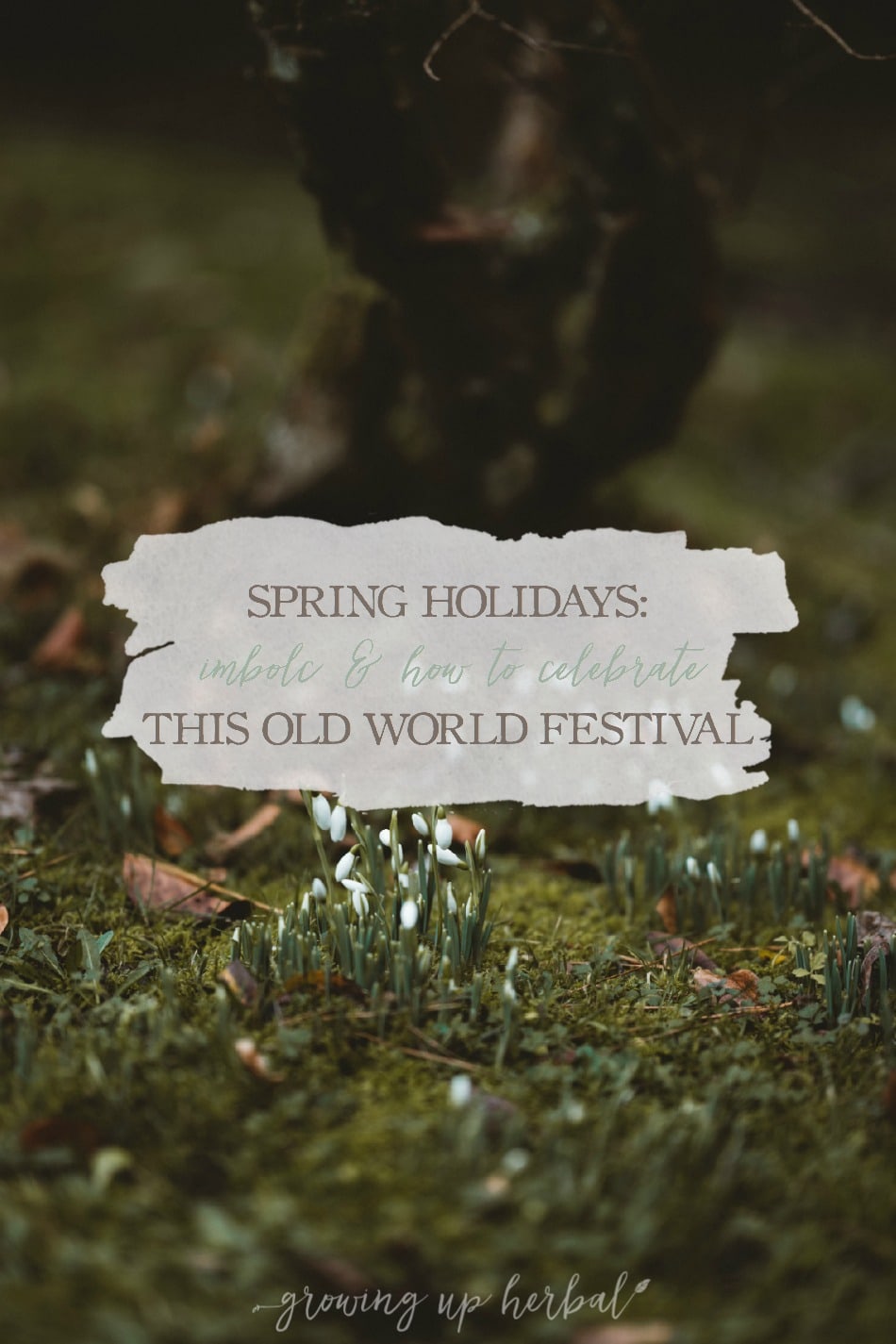
According to the Old World Celtic calendar, February 1st (and sometimes the 2nd) marks the first day of spring in the Northern Hemisphere and August 1st (and sometimes the 2nd) is the first day of spring in the Southern Hemisphere, and this day is known by a few different names.
Imbolc, Candlemas, and Groundhog’s Day??
The pagan Celts called this day Imbolc, and it is one of the four fire festivals representing the beginning of each season—Imbolc marks the beginning of spring. This festival was also the time when the Celtic people honored Brighid, the goddess of fertility, handicrafts, and dairy work and keeper of the home and hearth.
After Christianity came to the Celts of Ireland via St. Patrick, converted pagans wanted to continue celebrating their seasonal holidays, so the names of the holidays were changed to Christian names, and saints of the Christian faith were worshiped instead of the traditional pagan gods and goddesses. Imbolc was changed to Candlemas, a feast celebrating the presentation of Jesus Christ at the temple and the purification of his mother, Mary. In the Christian faith, the focus was taken off of the goddess Brighid and placed on St. Brigid, the Irish nun who devoted her life to the people of Ireland. It is often referred to as Saint Brigid’s Day in her honor.
In America, we celebrate Groundhogs Day on February 1st or 2nd. This fun tradition is used to “predict” whether we will have six more weeks of winter or if spring is on its way. Interestingly enough, this tradition has pagan Celtic roots. On Imbolc, it was believed that if the weather were nice, then a creature of Irish folklore, the Cailleach, would go out and collect all the wood available because more winter was to come. However, if the day were wet and windy, the Cailleach would stay inside and sleep, and warm weather would be coming. Hmm…
Today, you will hear this day called by all of the above names, depending on who uses it.
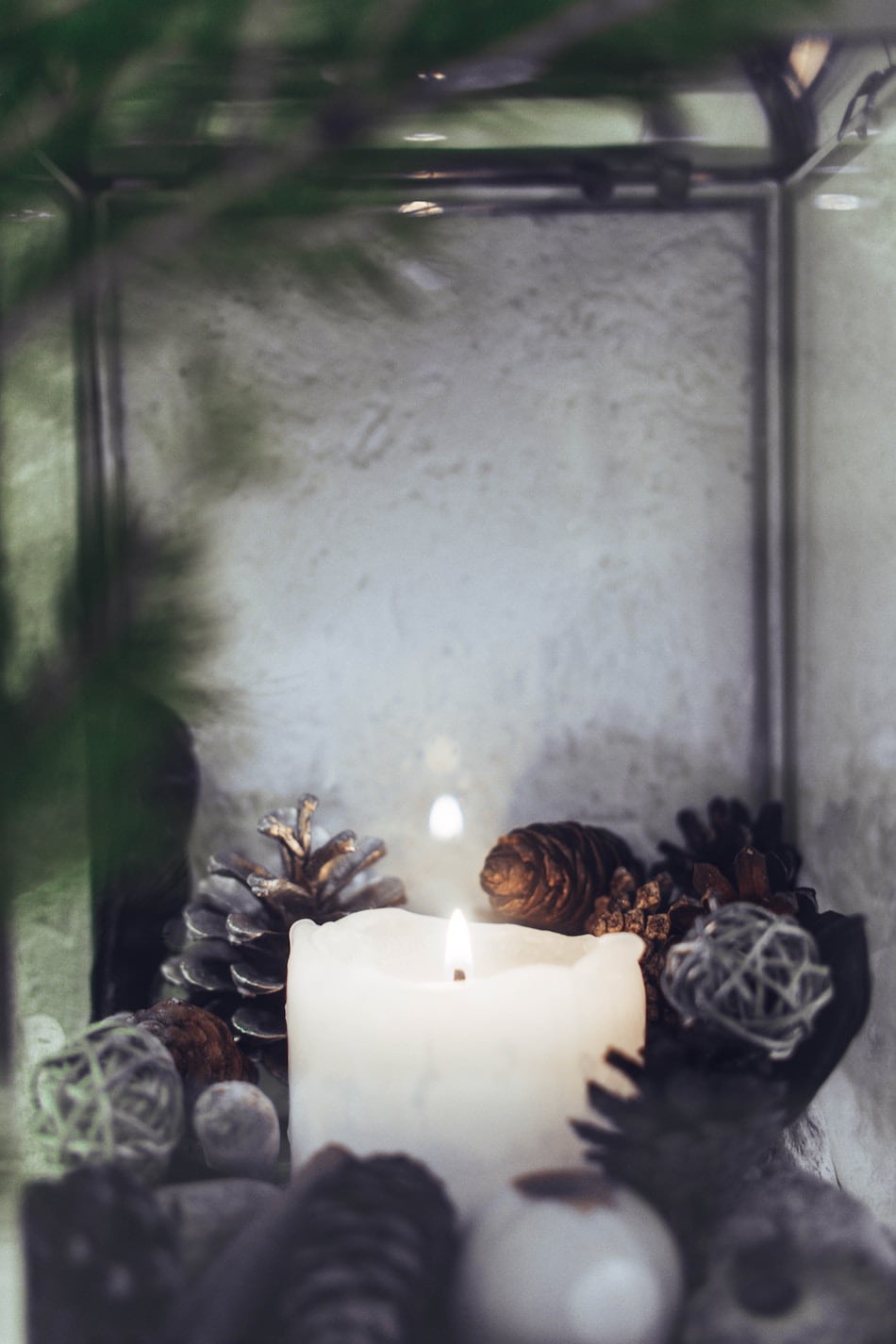
So, is Imbolc or Candlemas a Religious Holiday?
Well, sort of, but it doesn’t have to be.
I’m not pagan, but I have various Celtic ancestry. I’m not Catholic, but I am of the Christian faith and have some close Catholic friends. I am American, but I don’t put much stock in whether or not a groundhog sees his shadow.
To me, this day represents more of a seasonal holiday than a religious holiday, but if I were pagan, Catholic, or superstitious, then I guess I would celebrate it from a seasonal and religious viewpoint, which I’ll talk even more about below. Alas, because I am none of the above (well, I may be a little superstitious!), I like to think of it as the first of the spring holidays. As far as what to call it goes, I usually call it Imbolc since that’s what it was first known by.
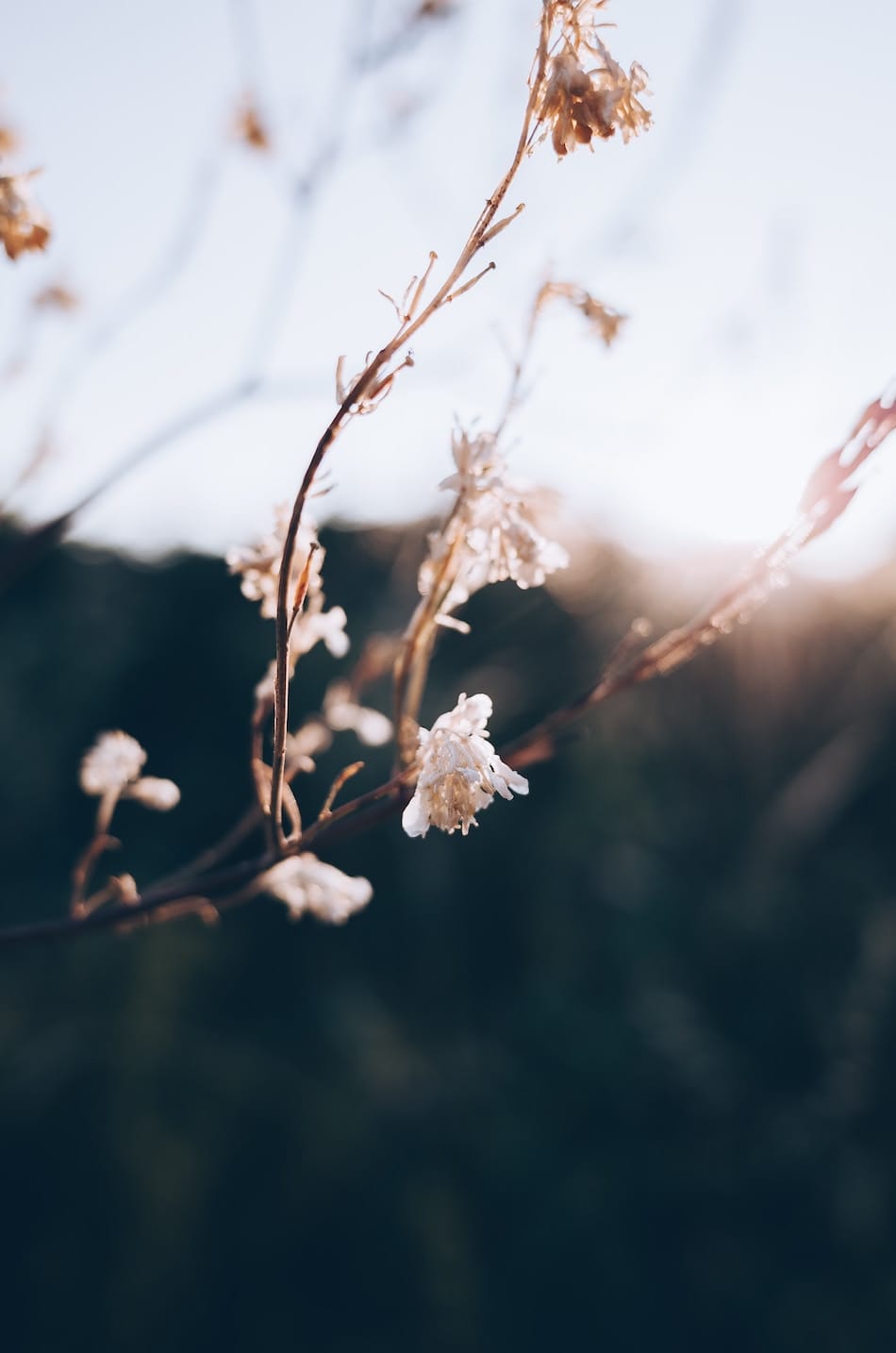
Seasonal Living & What The Beginning of Spring Represents
So, why does Imbolc matter to those who try to live seasonally?
Well, first, we must understand what Imbolc represents: the end of winter’s dark, cold days and the coming of light and warmer weather. The time of rest and renewal has passed, and now we must resume our active lives. Imbolc also represents new life, as this is the time of year when flowers begin to burst forth from the earth and many animals give birth to spring babies.
At this time of the year, the days begin to warm, the hibernating animals begin to wake from their winter sleep, and the spring bulbs start to pop from the soil, slowly filling the brown landscape with their colors. It’s a hopeful time of year!
Imbolc Traditions
Imbolc is traditionally celebrated with fire and light. People would burn fires in the hearth or keep candles lit all night. Pagan Celts believed that the goddess Brighid would visit at night, blessing them with prosperity and protection. Likewise, converted Celts believed St. Brigid’s spirit would come to bless and protect them. Some people would make dolls out of rushes (called a Brideog), dress them in white dresses with flowers in their hair, and put them in a basket or a makeshift bed near the fire. Others would take rushes, tie them together, and hang them at the home entrance. Some people would even leave coins, cloth, and other items out to be blessed, and others would make beds by the fire so she would have a place to rest. These and many other old traditions were observed on this festive day.
So, how can someone interested in seasonal living celebrate this first day of spring while honoring the traditions of the past? Here are 7 ideas to help you if you choose to celebrate Imbolc or Candlemas, regardless of your religious beliefs.
7 Imbolc Traditions To Celebrate This Year
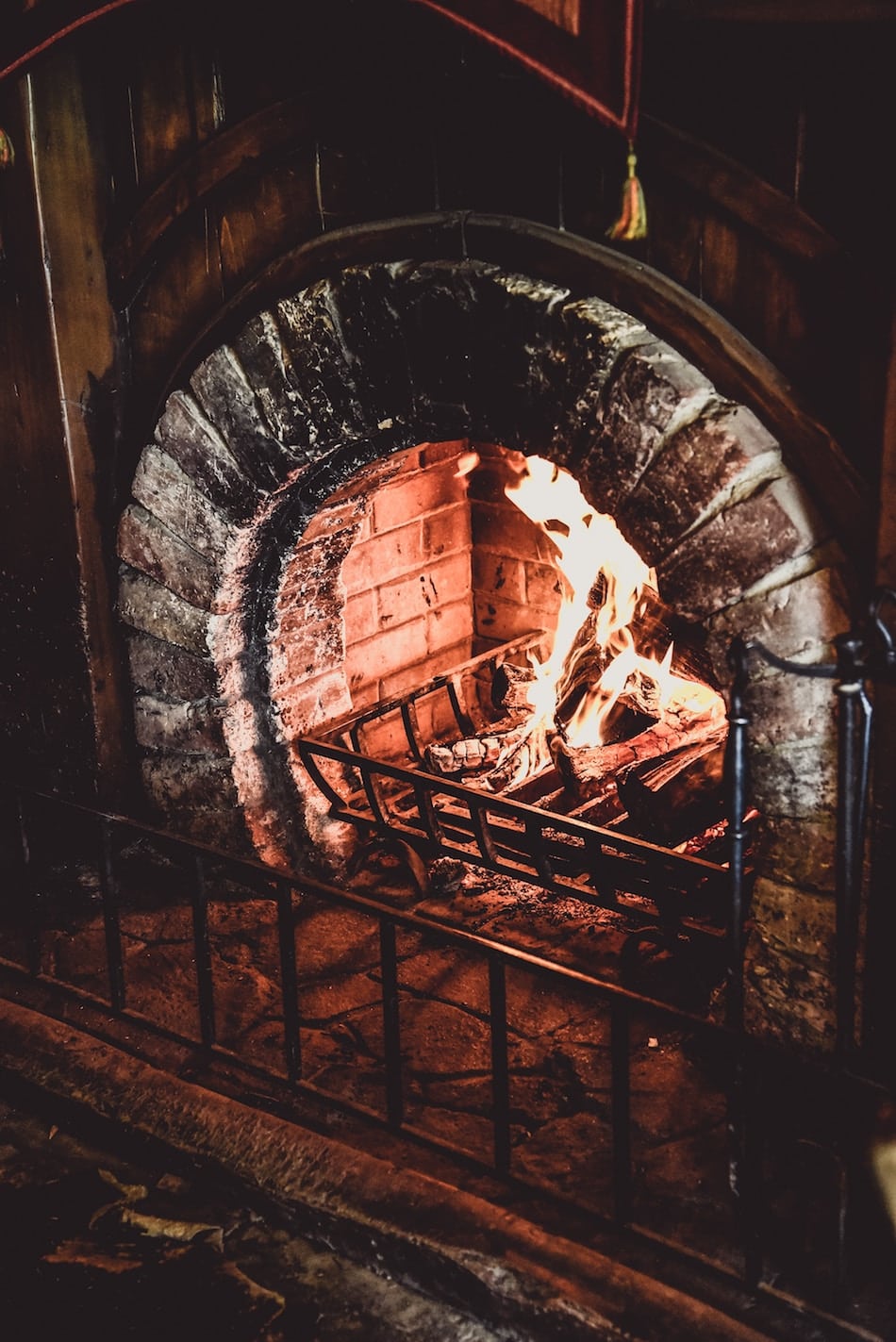
1. Build A Fire
As I mentioned above, Imbolc is one of the ancient fire festivals that marks the beginning of each season, so what better way to celebrate the significance of this day than by starting a fire. Starting a fire in the fireplace or woodstove will be more in line with ancient traditions, but if you don’t have access to a hearth or stove, you can light lanterns or candles in your home.
Don’t forget to say this little blessing over your home as you do:
Hearth and home, home and hearth,
welcoming close our family and friends.
Home and hearth, hearth and home,
the light returns as winter ends.
2. Make St. Brigid’s Crosses & Brighid Dolls
St. Brigid’s Crosses and Brighid Dolls are common crafts that are made and placed in the home on Candlemas or Imbolc. Here is a St. Brigid’s Cross YouTube tutorial that will show you how to make them. You can make St. Brigid’s Crosses with anything. You don’t have to have rushes! You can make them out of strips of paper, pipe cleaners, straws, or other types of grass. Hang these in your home to symbolize the blessing of the home.
Here’s a Brigid Doll YouTube tutorial that is really easy to make. Your kids can play with these, set them up in their rooms, or place them in baskets in the kitchen or near the stove (not too close, though!) to honor St. Brigid.
3. Eat Symbolic Foods
Gather Victoria is THE website to visit if you’re looking for symbolic foods that represent traditional festivals and holidays. If you’re looking for some special foods to celebrate Imbolc or St. Brigid’s Day, check out these recipes for inspiration: lavender and rosemary seed cake, rosemary oat bannock, lavender milk, and these rosemary and lavender lemon curd tassies.
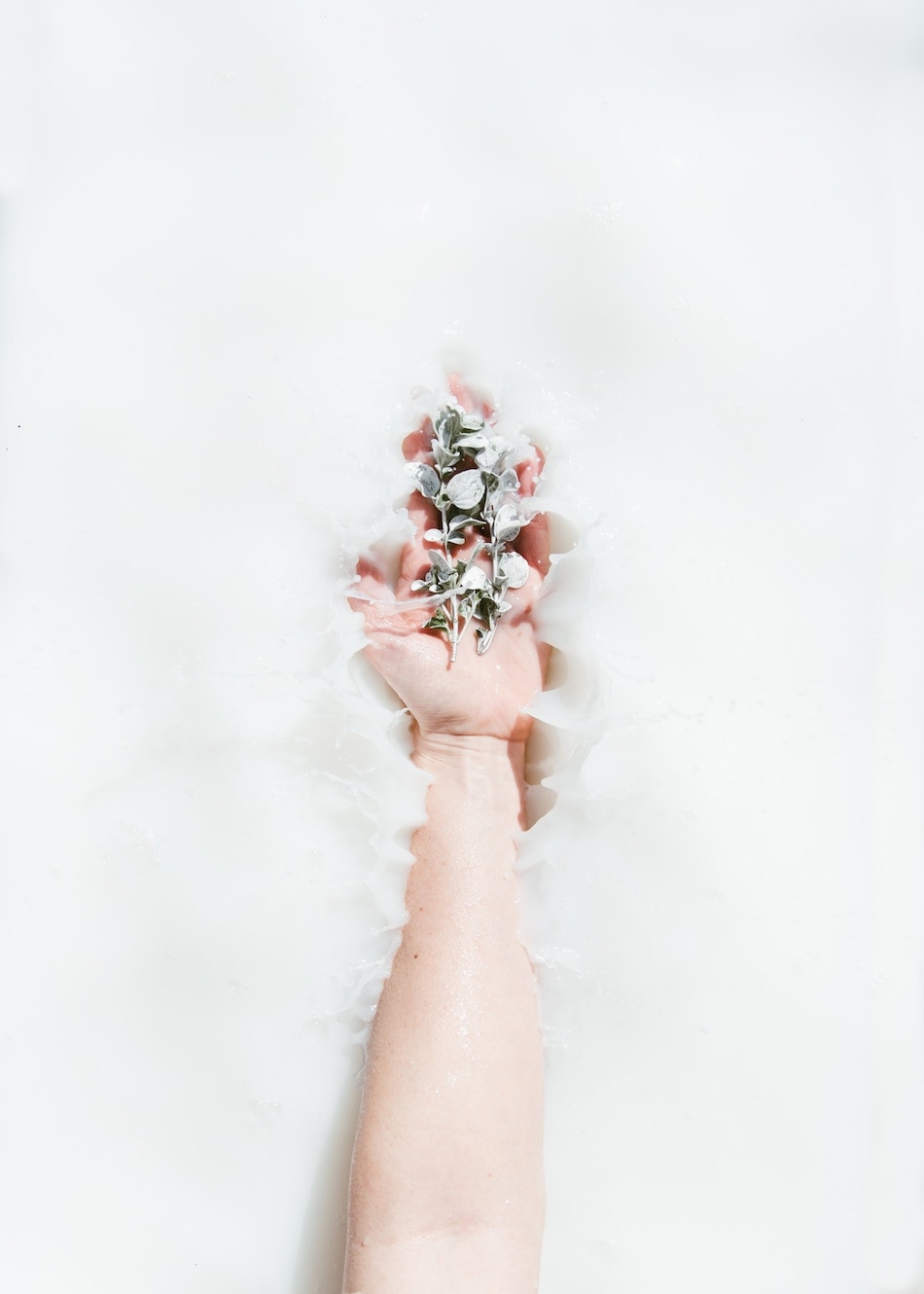
4. Take a Milk Bath
The goddess Brighid is associated with dairy, as is the increase in new births during spring and the resulting mother’s milk. New birth is more than humans and animals. New plants emerge from the soil, and sap and nutrients flow through trunks, stems, and branches. For that reason, bathing Cleopatra-style in a milk bath is the perfect activity on Imbolc. This layered wintery milk bath by the oh-so-creative Miss Wondersmith is my go-to!
5. Research the Jewish Tradition of Purification and Presenting Children at the Temple
Curious about the Feast of the Purification of the Virgin or the Presentation of Jesus Christ? If so, do an online search about these Jewish traditions and find out why they are important to Jews and Christians and how they are celebrated in modern times.

6. Start Seeds or Make DIY Seed Bombs
Imbolc is THE time to start seeds indoors so you have seedlings ready when the fear of frost has passed. So grab your seed trays and seed starting soil or peat pellets, purchase your favorite seeds, gather your heat mats and grow lights (or head to the greenhouse), and get to planting those seeds! If starting seeds isn’t for you, try making seed paper. Here’s a great seed bomb YouTube tutorial on how to do it with minimal supplies.
7. Predict the Weather
You don’t have to have a groundhog to try your hand at predicting the coming weather. Just head outside to see what the weather is like. If it’s sunny, chances are there are six more weeks of winter weather ahead, but if it’s cloudy, warm spring weather is just around the corner. You can make this a fun activity by having everyone write their weather predictions on paper. After four weeks, read everyone’s predictions and see who was right.
So now you know all about the spring holiday known as Imbolc, Candlemas, and St. Brigid’s Day. Are you interested in living a more seasonally aligned lifestyle? If so, how will you celebrate this spring holiday this year? Share your thoughts and plans with me in the comments below.
Let me wish you a lovely February and spring season with your friends and family. May your hearth, home, and health be blessed, may your cup overflow, and may your world be filled with warmth, light, and color over the coming months! God bless, friends.